Cost Efficiency
The cost efficiency associated with lightweight aggregate concrete is emerging as a significant driver for the Lightweight Aggregate Concrete Market. The material's lightweight nature reduces transportation and handling costs, while its thermal properties can lead to lower energy expenses in buildings. As construction budgets tighten, builders are increasingly seeking cost-effective solutions that do not compromise quality. Lightweight aggregate concrete provides a viable alternative, offering both performance and economic advantages. Market analysis indicates that the adoption of lightweight aggregate concrete could lead to overall project savings of up to 15% compared to traditional concrete solutions. This cost efficiency is likely to enhance the attractiveness of the Lightweight Aggregate Concrete Market in the competitive construction landscape.
Regulatory Support
Government regulations promoting the use of sustainable building materials are likely to bolster the Lightweight Aggregate Concrete Market. Many regions are implementing stricter building codes and standards that favor environmentally friendly construction practices. These regulations often encourage the use of lightweight aggregate concrete due to its lower environmental impact compared to traditional concrete. As a result, construction companies are increasingly adopting lightweight aggregate concrete to comply with these regulations and gain a competitive edge. The anticipated rise in regulatory support suggests that the Lightweight Aggregate Concrete Market will experience heightened demand as stakeholders adapt to evolving legislative landscapes.
Urbanization Trends
Rapid urbanization is a critical factor propelling the Lightweight Aggregate Concrete Market. As urban areas expand, the demand for efficient and sustainable building materials intensifies. Lightweight aggregate concrete offers advantages such as reduced dead load and improved thermal insulation, making it an attractive option for high-rise buildings and infrastructure projects. According to recent estimates, urban populations are expected to increase by over 2 billion by 2030, necessitating innovative construction solutions. This demographic shift indicates a robust market potential for lightweight aggregate concrete, as it aligns with the needs of modern urban development. Consequently, the Lightweight Aggregate Concrete Market is poised for growth in response to these urbanization trends.
Technological Innovations
Technological advancements in the production and application of lightweight aggregate concrete are significantly influencing the Lightweight Aggregate Concrete Market. Innovations such as improved mixing techniques and the development of high-performance lightweight aggregates have enhanced the material's properties, making it more appealing to construction professionals. For instance, the introduction of advanced additives has improved the workability and durability of lightweight concrete, thereby expanding its application range. The market is expected to benefit from these innovations, with a projected increase in demand for lightweight aggregate concrete in precast and ready-mix applications. This suggests that the Lightweight Aggregate Concrete Market is on the cusp of a technological evolution that could redefine construction standards.
Sustainability Initiatives
The increasing emphasis on sustainability within the construction sector appears to be a pivotal driver for the Lightweight Aggregate Concrete Market. As environmental concerns gain traction, builders and developers are increasingly seeking materials that minimize ecological footprints. Lightweight aggregate concrete, known for its reduced weight and enhanced thermal efficiency, aligns well with these sustainability goals. The market for lightweight aggregate concrete is projected to grow at a compound annual growth rate of approximately 7.5% over the next five years, driven by the demand for eco-friendly construction materials. This trend suggests that the Lightweight Aggregate Concrete Market is likely to witness a surge in adoption as stakeholders prioritize sustainable practices.
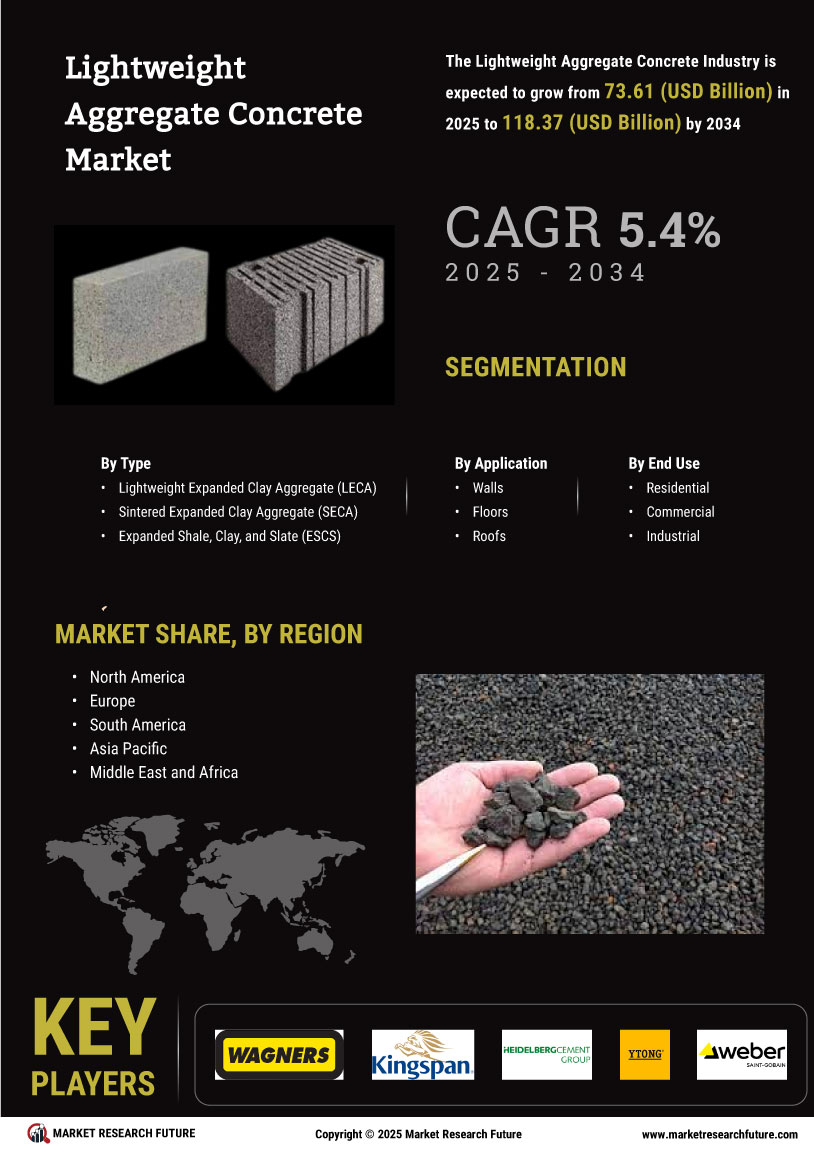

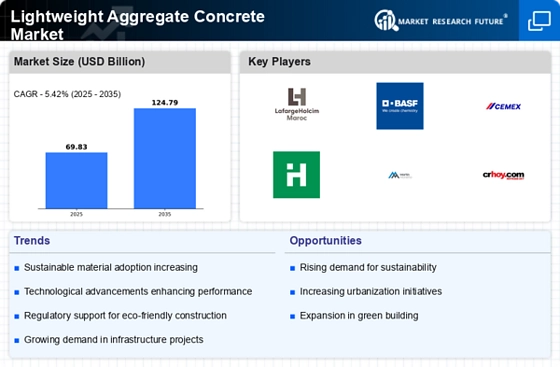
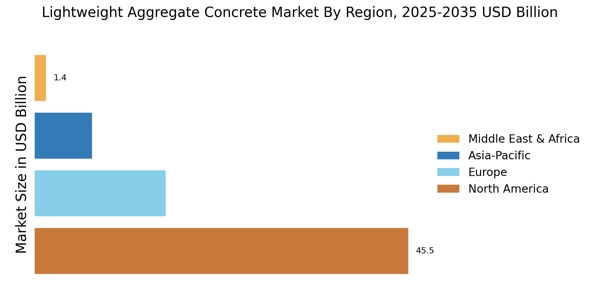

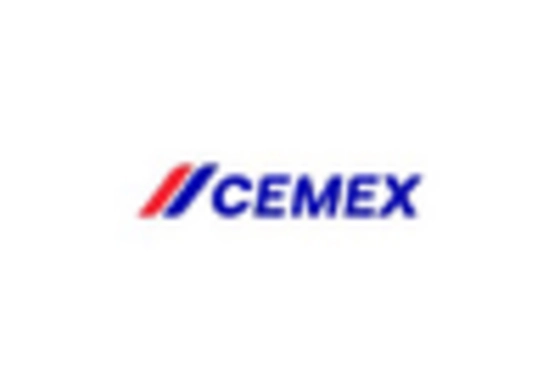
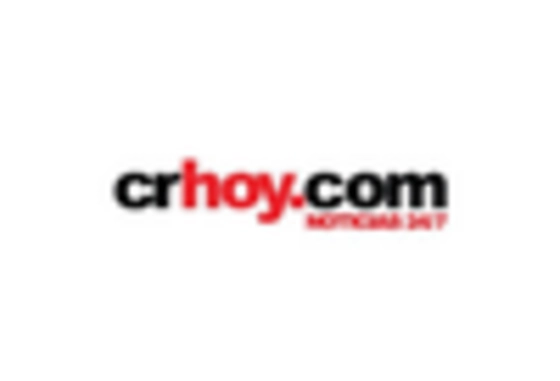
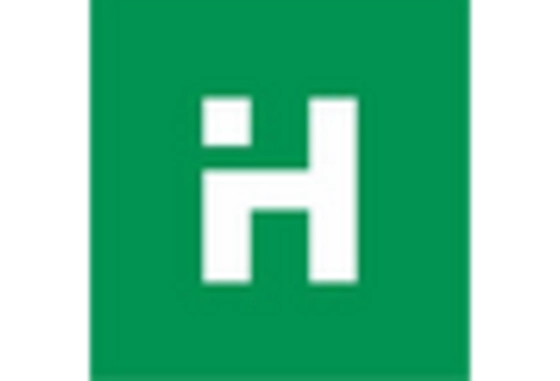
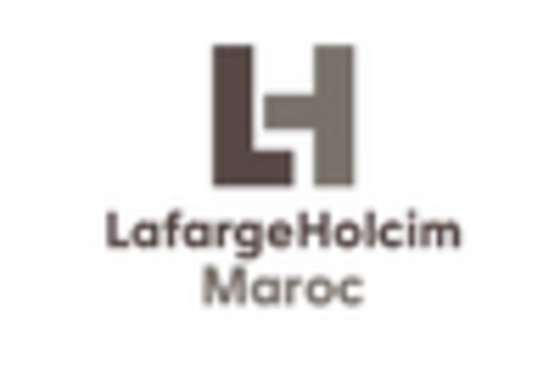
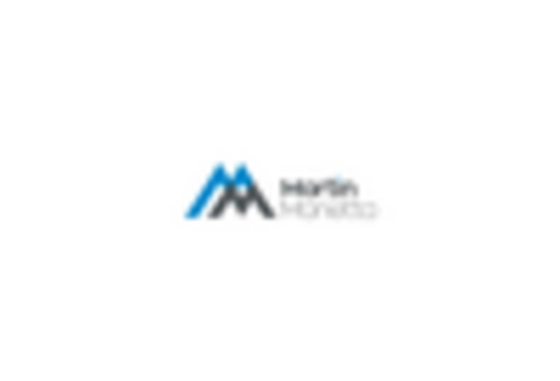








Leave a Comment